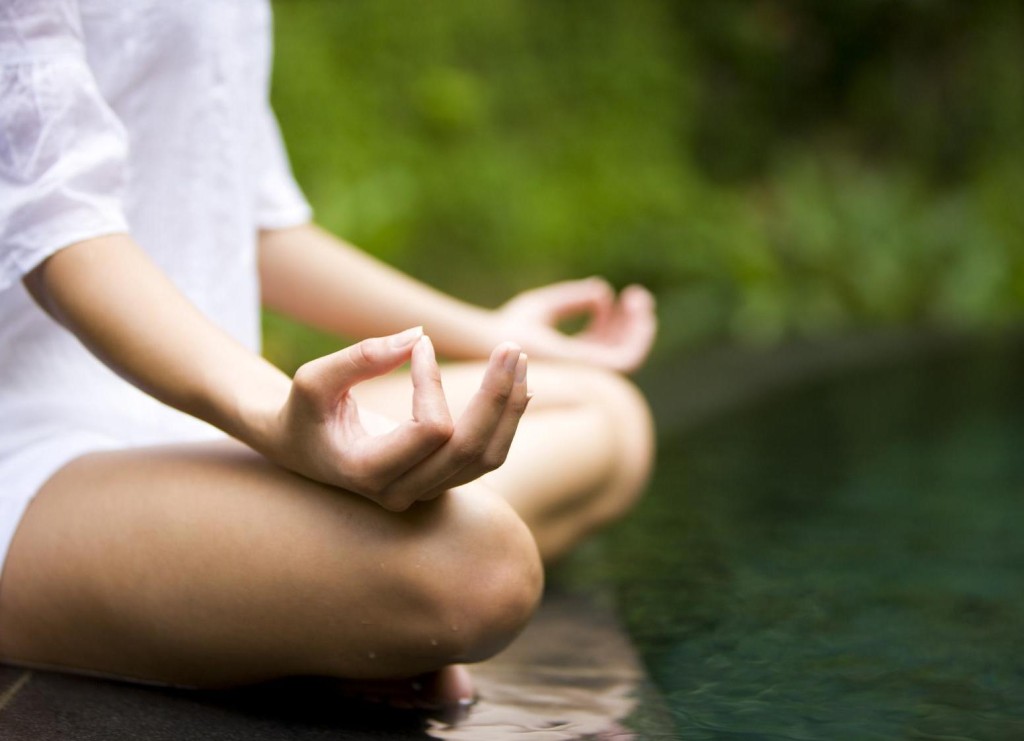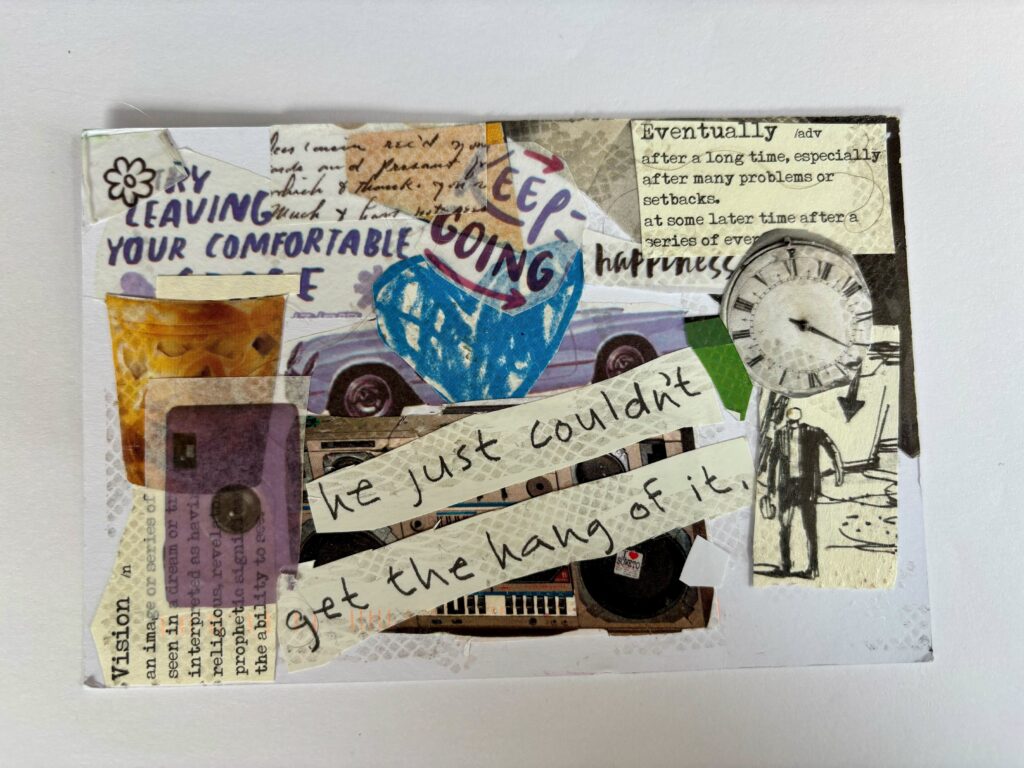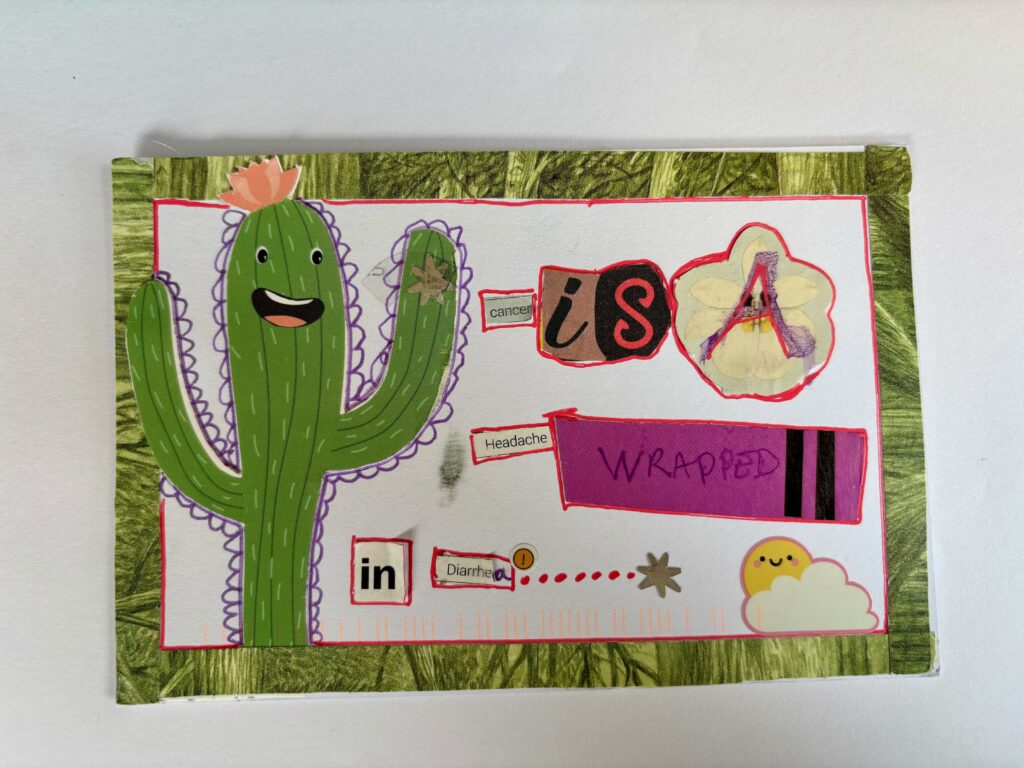This is the first post of a series on meditation techniques and lessons.
“Can we turn within ourselves to study and understand, perhaps even control, the mind?” – the Introduction to The Yoga Sutras of Patanjali
I have had a meditation practice for the last year. I’ve never quite been able to be the everyday type of discipline person in many areas of my life. I can say that everyday I brush my teeth at least once… and sometimes that is about all that feels constant. But even as I’m inconsistent on a daily basis, there is a steady relationship that has grown over the last year as I’ve created some time to be quiet with myself. I have learned how my mind works – what I put effort into, how I avoid stillness, how much I daydream or replay life. These insights have allowed me to see my mind doing what it does – all day long! – and learn to add space, breath, and choice to what I do, say, and be.
As I begin, I like to find a quiet place to sit. I have to put my dog in another room. I have to make sure no one is going to need any answers or favors from me for the set time. I set my timer on my phone (for 5-20 minutes) and then my phone on airplane mode so I’m not constantly concerned I’m going to be late to whatever is next… and I won’t be tempted by buzzing texts. Some people like having quiet spa-like music on in the background.
Finding a comfortable seat isn’t always easy, either. I find that sitting is most comfortable after I’ve done some stretching or yoga to move my hips and seat muscles and maybe open up my back so I’m able to sit tall comfortably. In yoga (and other traditions), we take care of the body for the ultimate purpose of getting into our mind and Self. So I take care of my body in preparation to spend some time with myself. And then I grab a blanket to sit on, a pillow or support under my sitz bones, and I settle in to a comfortable seat and close my eyes.
Breathe in. Breathe out. Long, deep, and full inhales and exhales through my nose. I start with my breath. The physical experience of sitting and breathing. How do I feel today? What am I able to observe about my body? I start in this tangible layer of my experience. Then, after I settle in there, I take a look inside. What thoughts am I having? Can I invite them to come back later and then exhale them out one at a time?
“The restraint of the modifications of the mind-stuff is Yoga” – Yoga Sutra 1.2
This practice of letting the stuff of our mind go is hard work! Some days the quiet comes easily, others it is quite an effort to keep slowing myself down. We aim for having minds that are clear and calm, like a beautiful lake, that can reflect clearly what is going on in ourselves and in our lives all the time. This is a powerful tool!
And… as I calm my mind lake, I learn a lot about myself right now. I learn that I avoid stillness and quiet with myself by becoming a planner of my day. Are there times when I am uncomfortable with the stillness needed in a conversation that I jump to planning instead of being present? I learn that I replay what happened in my day again and shame myself for what I said wrong. I learn that I wishfully daydream about how much I’ll get done once I’m done meditating! Both of these experiences are like realizing that I’m watching a movie – that I made up!
Meditation for cancer survivors or caregivers is a powerful calming technique when so much feels out of our control.
What do you learn about how you respond to stillness and quiet? What do you avoid about being with yourself? Who are you being towards yourself? And no judgment!
Next post: techniques to continue clearing our thoughts!








